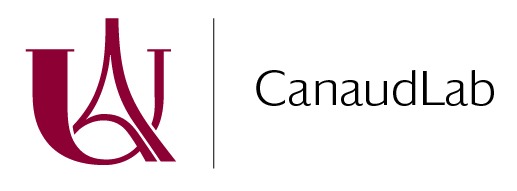Congratulation to Marianne for her work on B7-1 blockade and post transplant nephrotic syndrome published in J Am Soc Nephrol!
B7–1 Blockade Does Not Improve Post–Transplant Nephrotic Syndrome Caused by Recurrent FSGS
Abstract
FSGS is a common glomerular disorder that has a high propensity for recurrence after kidney transplant. The pathophysiology of FSGS is unknown, but podocytes seem to be the target of one or several circulating factors that lead to cytoskeleton reorganization and proteinuria. Research on podocytes has identified B7–1 as an important factor in podocyte biology and a new therapeutic target in renal disease. Indeed, in four patients with recurrent FSGS after transplant, treatment with the B7–1 blocker abatacept was associated with proteinuria remission. Here, we prospectively treated nine patients with recurrent FSGS after transplant using either abatacept or belatacept, a B7–1 blocker with higher affinity, and did not induce proteinuria remission. Furthermore, we did not detect B7–1 expression by immunofluorescence in podocytes of biopsy specimens from these or other kidney grafts or podocytes of native kidney biopsy specimens. In conclusion, B7–1 blockade did not induce FSGS remission after transplant in our study.
Congratulation to Emilie for her work on B7-1 expression in proteinuric disease published in Kidney Int!
The costimulatory receptor B7-1 is not induced in injured podocytes
Abstract
Recent research on podocytes has proposed B7-1 as an important player in podocyte biology and as a potential new therapeutic target. B7-1 was upregulated in injured podocytes and described as a biomarker to identify patients who may benefit from abatacept, a B7-1 blocker. However, after this initial enthusiasm, several reports have not confirmed the efficiency of abatacept at inducing proteinuria remission in patients. In order to resolve these discrepancies, we explored the role of B7-1 in the injured podocyte. Both primary cultured and immortalized podocytes were exposed to lipopolysaccharides, but this failed to induce B7-1 expression at the mRNA and protein levels. Importantly, TLR-4 engagement confirmed lipopolysaccharide efficacy. We then evaluated B7-1 expression in several mouse models of podocyte injury including treatment with lipopolysaccharide or Adriamycin, a lupus prone model (NZB/W F1) and subtotal nephrectomy. Using 3 commercially available anti-B7-1 antibodies and appropriate controls, we could not find B7-1 expression in podocytes, whereas some infiltrating cells were positive. Thus, our findings do not support a role for B7-1 in podocyte biology. Hence, further studies are mandatory before treating proteinuric patients with B7-1 blockers.
